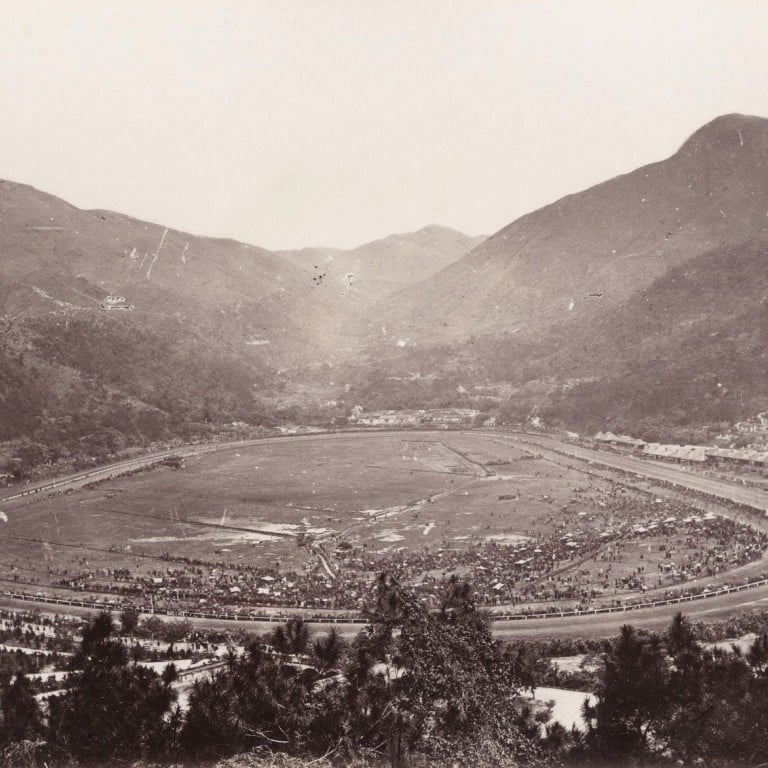
Why is Happy Valley Called Happy Valley?
The area was originally a swampy marshland used to grow rice.
Not quite. Happy Valley was originally known as Wong Nai Chung Valley, thanks to the wong nai chung or "yellow mud stream," which flowed into the valley's basin. The area was originally a swampy marshland used to grow rice, but in 1840, during the earliest days of the colony, the British Army set up camp in the area.
But it wasn’t an easy occupation. The army started getting sick and dying off in large numbers. As any government PSA these days will tell you, mosquitoes breed in stagnant water—and they bring malaria with them. The sickness ran rampant. In 1843 the 55th Infantry Regiment lost a terrifying 238 of its 515 enlisted men to the fever.
After a while, the camp was closed and the area became home to the city’s first cemetery. With that mordant sense of humor that seems so unique to the British, it was around this time that the area was nicknamed "Happy Valley"—and it stuck.
The origin of the name “Happy Valley” itself comes from Samuel Johnson's 1759 fable "The History of Rasselas." Rasselas was a prince who lived in the beautiful place called Happy Valley, a place fortified against the evils of the outside world. But Rasselas became bored by his easy, pleasure-filled life, and so escaped to see the world and search for happiness—before finally realizing that there is no easy source of happiness, and returning a wiser man back to Happy Valley.
Happy Valley still has a high concentration of cemeteries, but it was drained in 1846 to be turned into a racecourse. It may have been a fever-ridden swamp, but it was also just about the only flat piece of land on the island: Pragmatism would win out in the end. And in Hong Kong, isn’t that the happiest state of affairs?

